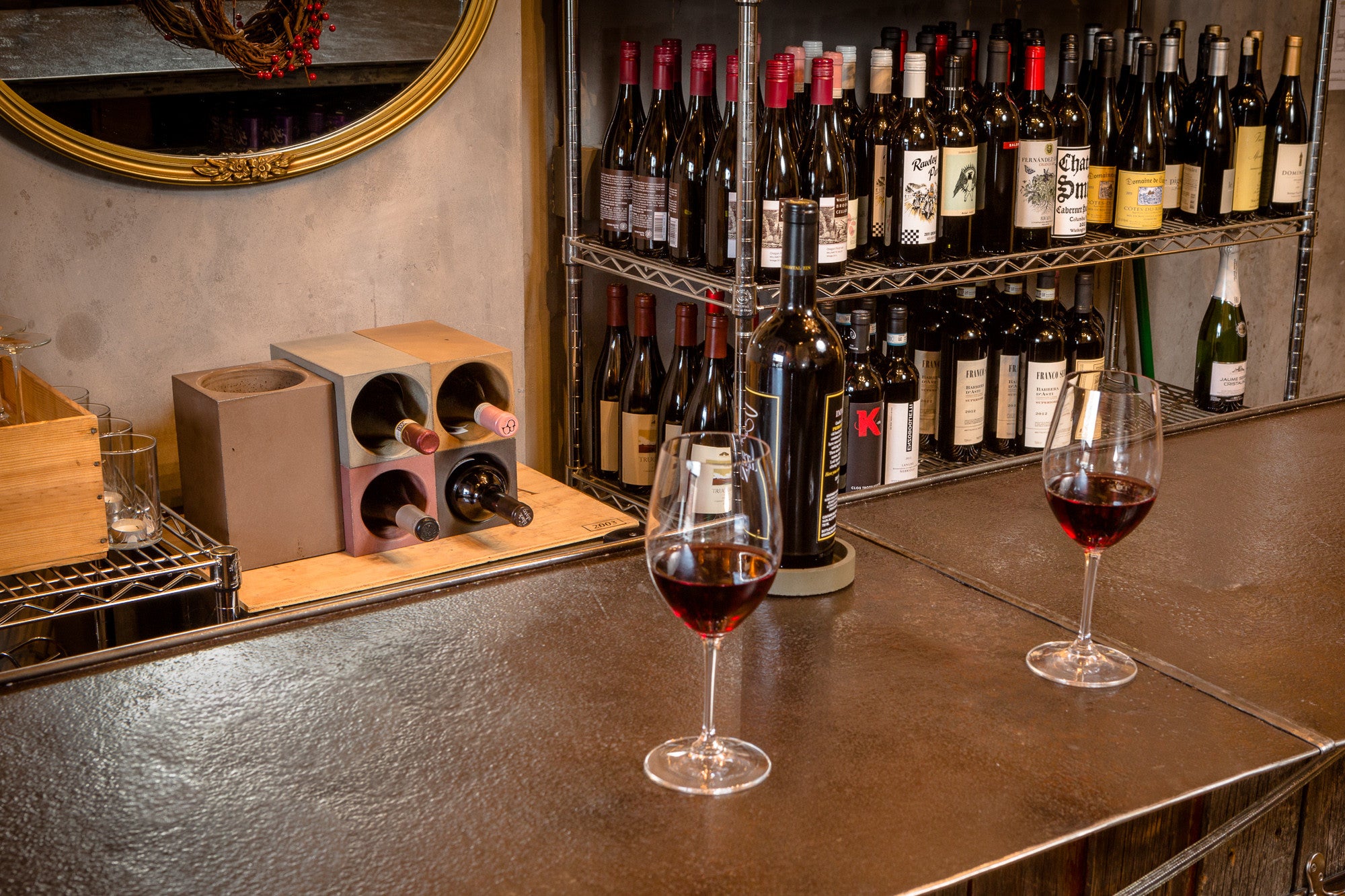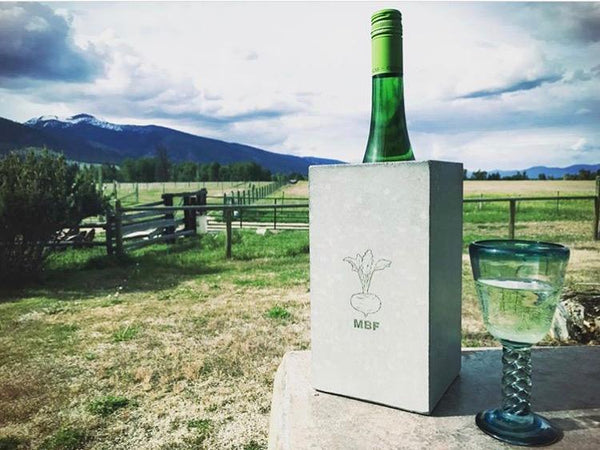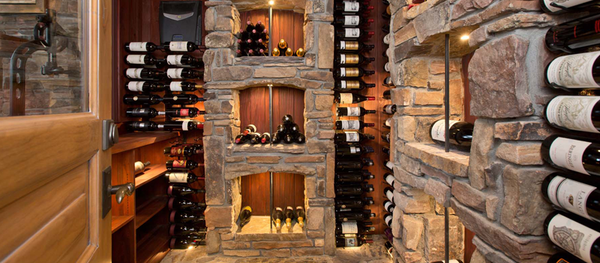A Few Tips for Serving Wine

There can be a lot of mystique around the act of serving wine. Some people are intimidated by it. That’s understandable—considering the fact that it holds the qualities of a ritual. Rituals require a prescribed order of actions—and in this context, that might imply that you could really screw up.
In a restaurant setting, where the stakes are higher, you might see a server’s hands shake as they try to direct the corkscrew into the cork. You might even see them drip wine onto the table or tip a glass over when trying to pour into another one. Then you might watch the quality of the dining experience decline from that point forward. Usually, it started with one small thing: The server was far too nervous about the process to begin with. So what is rule #1?
Prepare. That doesn’t mean that you need months of training or all sorts of fancy tools. Just make sure that you do what you need to do to be comfortable with the process—at least make sure you know how to use your corkscrew. Keep it in perspective. If you are serving wine, chances are, you are in a festive environment and the people with you are already primed to relax and have a good time.
Then, keep a few other things in mind:
Store your wine at the appropriate temperature. Find out the ideal temperature for your wine and make sure you get it there before serving. If you do this—you’ve already won half the battle—because the wine will taste the way it is supposed to taste, right off the bat.
Know the signs that a wine is spoiled. You don’t want to serve bad wine. I’m not talking about wine that doesn’t taste good, necessarily. I am talking about wine that has gone bad. There is a difference. It’s a common misconception that when someone tastes wine, they are tasting it to determine if they like it. Really, the primary concern is that it hasn’t passed its prime and is no longer palatable. That being said, of course your guests should find the wine tasty too! If a wine has gone bad:
- The cork will be deteriorated. You don’t need to smell the cork, just test its suppleness between your fingers. If it is dry, brittle or moldy, you might have a problem.
- You will detect a vinegar smell from the bottle, especially right when you pull the cork.
If you are ever unsure, pour yourself a little to taste, before pouring for others. If the wine has been stored properly, your chances of a spoiled bottle are greatly reduced.
Pour with Confidence. The primary concern when pouring wine for guests at a table is that you don’t spill it on them. There are all sorts of “rules” for what order you should pour in, based on different cultures, settings and generations. If you know who is at your table, you will know who should get the first pour and what the order is from there.
Just remember, if you are pouring an older or earthier wine, you may find some sediment in the bottom of the bottle. Some people are repelled by it, so if you need to, strain the last pour.
KEEP your wine at the appropriate temperature. As wines “open up” (this means they mingle a bit with oxygen—people often decant to speed this up), their nuances emerge and they become more flavorful. Temperature plays a key role in shielding or revealing these nuances. That’s why you want to keep your wine at the steady, ideal temperature. Traditionally, this was done with ice buckets or wine chillers. Now, with Angle 33 Wine Thermals, we’ve found a way to keep wine temperature much more consistent, throughout the life of the bottle on the table. Make sure you’ve stored your thermal at the appropriate temperature for the wine you are serving, then slip the bottle into it, whenever you aren’t pouring.
Leave a comment
Comments will be approved before showing up.
Also in News



